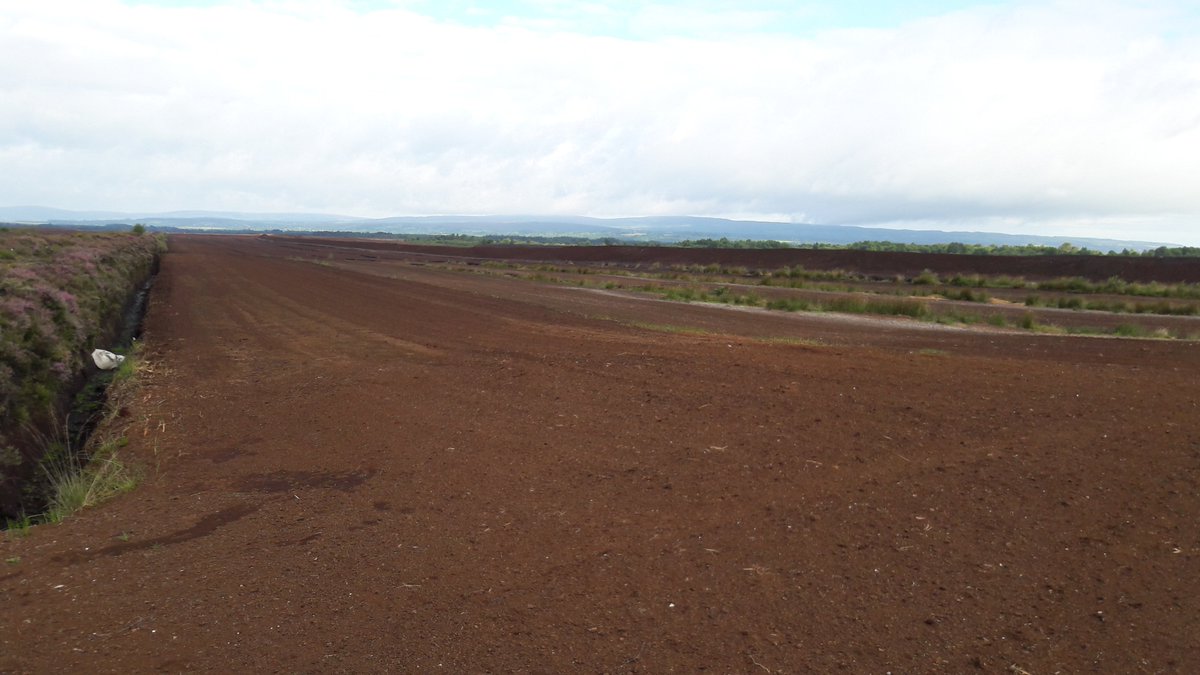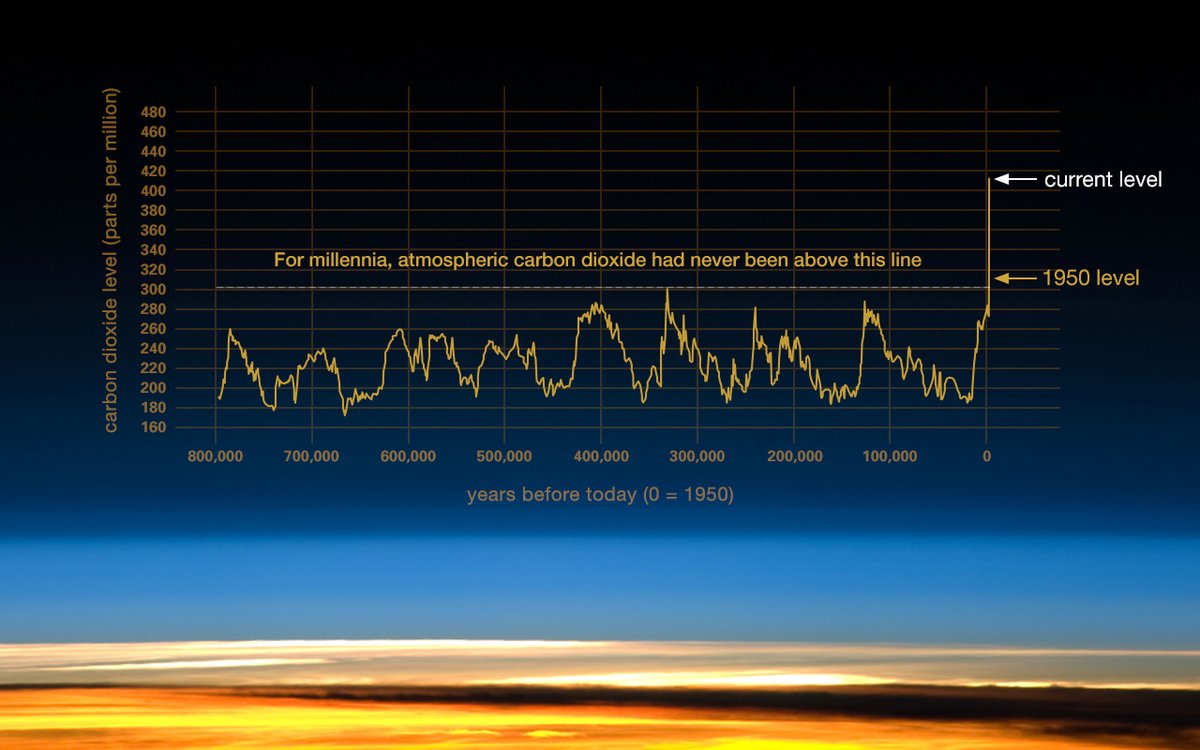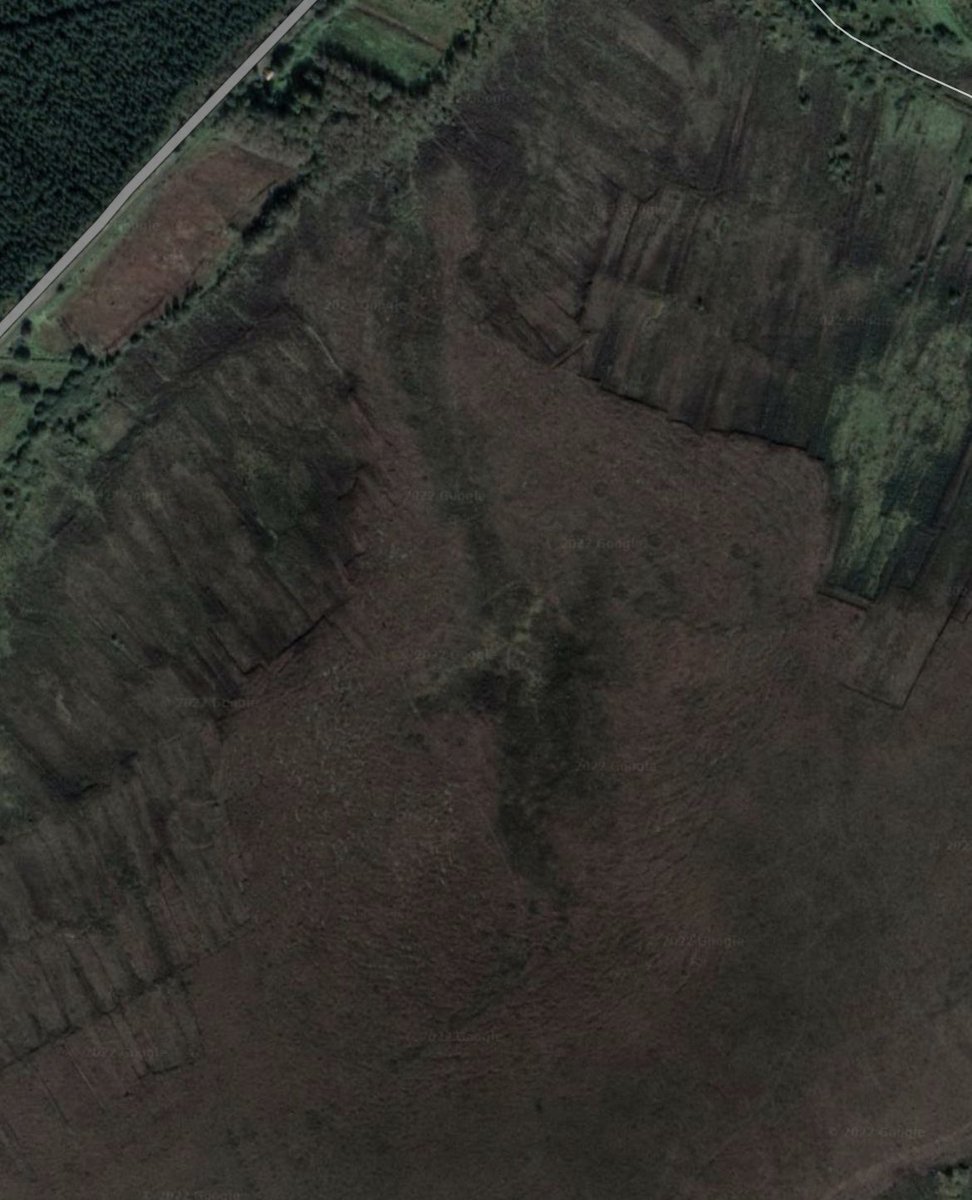
Wednesday 🧵
1.For the past two days, I have described the invaluable & critical role that natural peatlands play in regulating the global climate through the sequestration & storage of atmospheric carbon.
Today, our thread takes us on a dark, dark road.
👉 PEAT EXTRACTION
1.For the past two days, I have described the invaluable & critical role that natural peatlands play in regulating the global climate through the sequestration & storage of atmospheric carbon.
Today, our thread takes us on a dark, dark road.
👉 PEAT EXTRACTION

2. Ireland has a long tradition of cutting turf for heating homes and cooking food that stretches back through centuries. I am not going to get into the economic rationale for cutting turf in this thread. Today, we are here solely for the carbon.
Photo: arthouseireland.com
Photo: arthouseireland.com

3. Estimates of the area of Irish peatlands that have been affected by peat domestic extraction vary widely from 100,000 to over 600,000 hectares. The area under industrial extraction is marginally more accurate at 80,000 hectares, although even that number is very uncertain.
4. So, what happens when a natural peatland that has been minding its own business for 10,000 years or so, sequestering and storing carbon, undergoes extraction of its peat. One word – CARNAGE.
5. For industrial sites, installation of deep drainage ditches at 15 m intervals rapidly lowers the water table. The result – peat decomposition in the layers above the water table. Peatland carbon sink becomes peatland carbon source.
6. After a few years, the peatland vegetation is then removed to facilitate the movement of extraction machinery across the peat surface. This now removes any possibility of carbon entering the ecosystem, so no plants = no photosynthesis = no carbon sequestration.
7. The peat will then be milled off the surface a few cm at a time each summer until extraction ceases (40-50 years). During that time, the peat will continue to decompose and persistently release CO2 to the atmosphere. agupubs.onlinelibrary.wiley.com/doi/full/10.10…
8. In 2015, we published a paper where we found that industrial peat extraction sites in Ireland and UK release around 6 tonnes CO2 per hectare per year to the atmosphere. And that’s EVERY YEAR, until all the peat is extracted, or the site is rewetted.
bg.copernicus.org/articles/12/52…
bg.copernicus.org/articles/12/52…
9. In addition, during extraction, the peat is moved into stockpiles before transport off-site, and yes you guessed it, more CO2 is released to the atmosphere during this time. 

10. Finally, the peat reaches either the power station where it is combusted and boom the CO2 heads up the chimney or it is used as compost for hobby gardeners and commercial growers, decomposes over time and releases CO2.
https://twitter.com/TheMontyDon/status/1496796064136978434
11. @BordnaMona were the main peat extraction company in Ireland for the last 70 years or so. They have now left the energy market and have rebranded themselves as a climate solutions company.
https://twitter.com/BordnaMona/status/1571872472412356609
12. However, other extraction companies continue “to have a presence” in the market but are now subject to legal restrictions.
https://twitter.com/Niall_Sargent/status/1512052582738497537
13. Domestic peat extraction in Ireland goes back centuries, underpinned in recent centuries by #turbary rights. Traditionally, peat was manually extracted 👇.
14. However, in recent decades, this practice has given way to full-on mechanisation of the process. Diggers are now used to gouge out the peat from the margins of a bog, which is placed in a hopper and extruded onto the surface to dry out.
15. Peat removal at the margins of raised bogs has the effect of a slow puncture: the whole peatland begins to subside and shrink. Areas within 150 m of the extraction points now become a source of CO2.
16. The surface of the uncut peatland is then further damaged by the presence of the overlying peat (plants can’t photosynthesis under the extruded peat) and from the movement of machinery over the surface. Photo: @flo_renouwilson 

18. In 2013, we estimated that emissions from the combustion of peat in power stations & in homes was the equivalent to 3.7 million tonnes CO2 per year, with a further 1.9 million tonnes lost when the peat compost decomposes (Note units in table below are in carbon not CO2). 

19. Peat extraction is a seriously heavy-duty carbon emitting land use. Yet, emissions in Ireland’s National GHG Inventory Report are woefully underestimated due to a lack of precise mapping of the domestic extraction areas affected.
20. This has major implications for emissions reporting as it could add an extra 2 million tonnes CO2 per year to our tally.
21. On that downbeat note, I will leave you today. Be heartened, my friends, tomorrow we will have a look at the impact of rewetting on the carbon balance of degraded peat extraction sites.
Spoiler alert: It’s good news.
Spoiler alert: It’s good news.
• • •
Missing some Tweet in this thread? You can try to
force a refresh
























